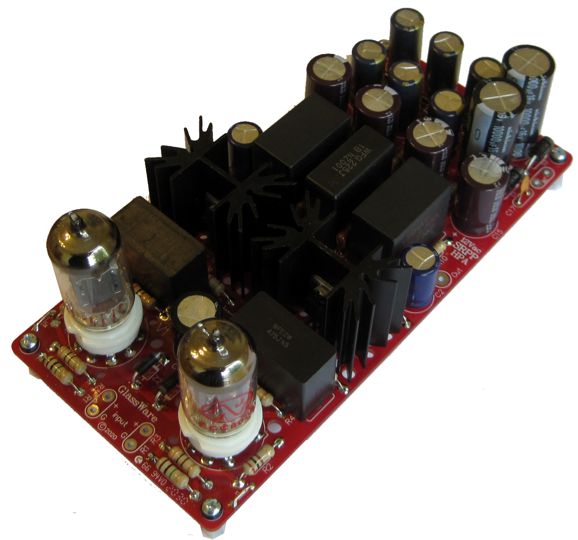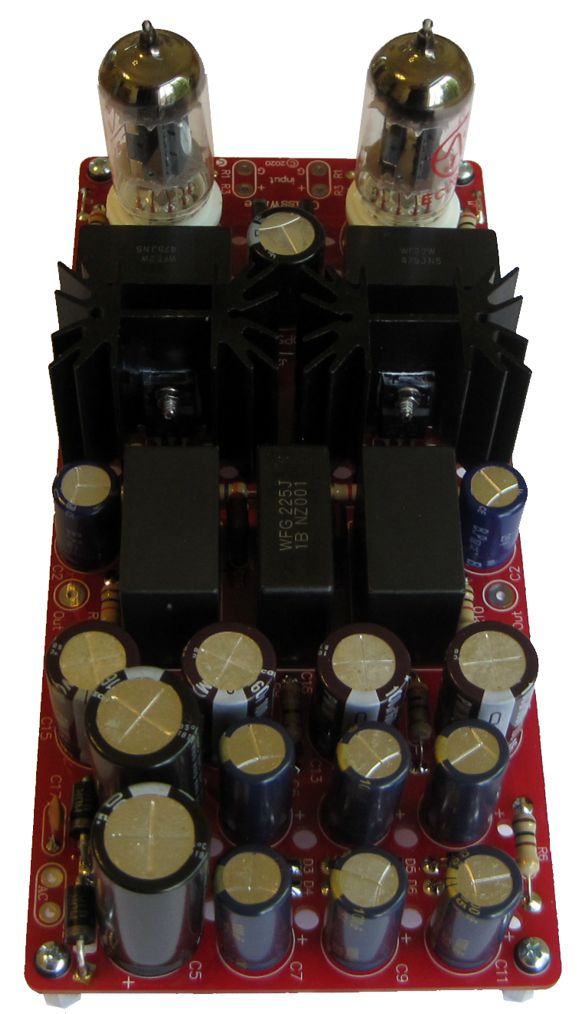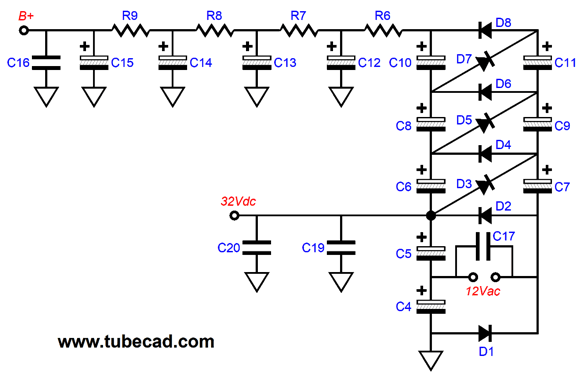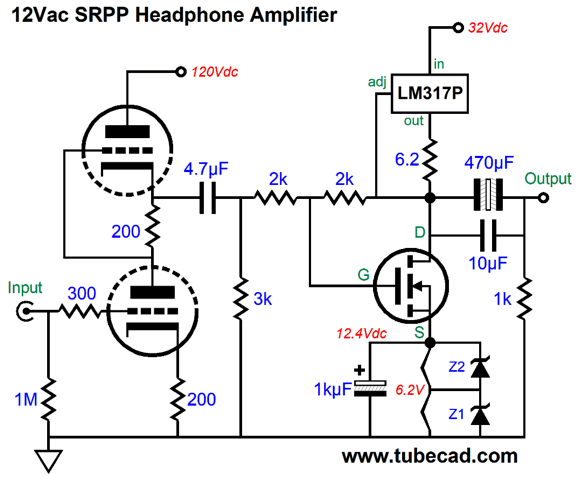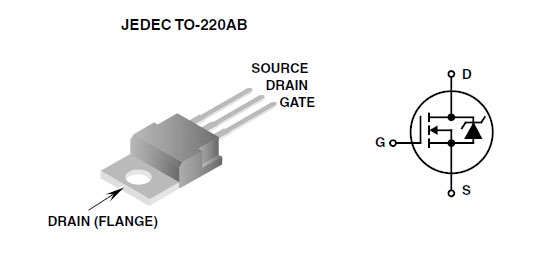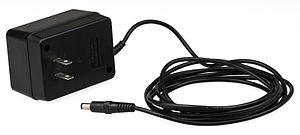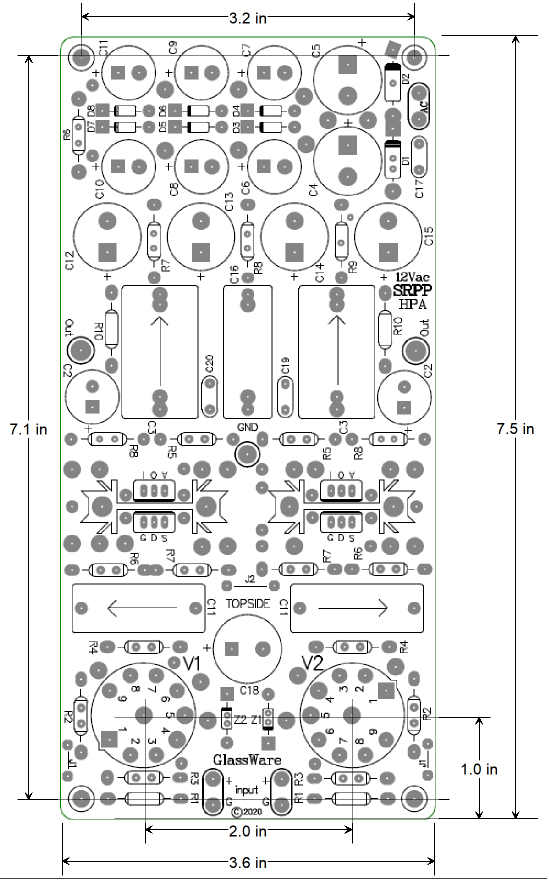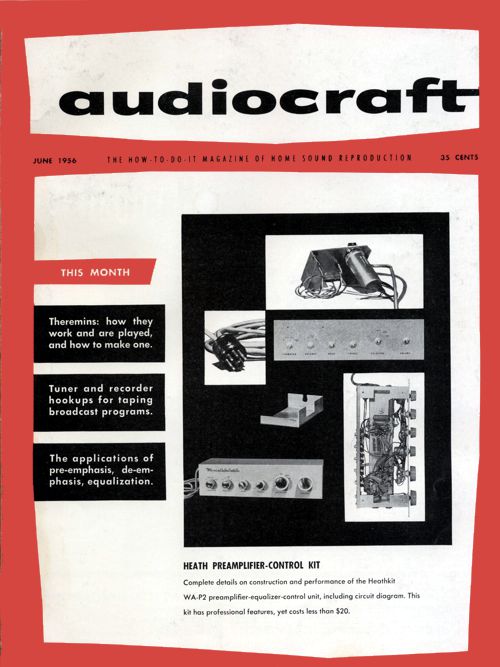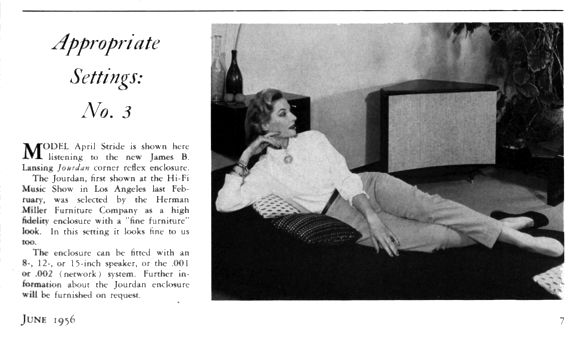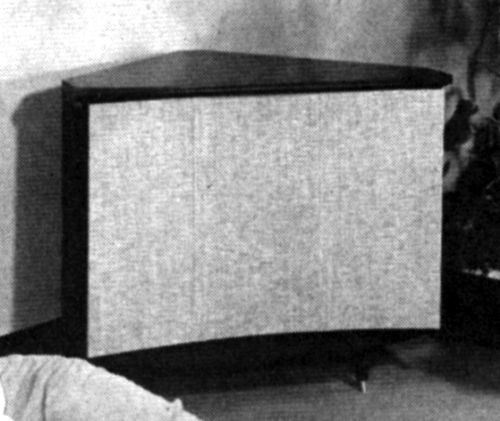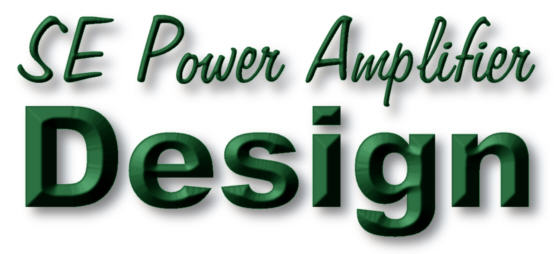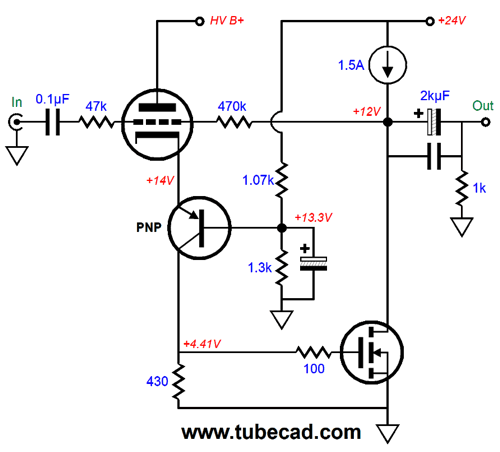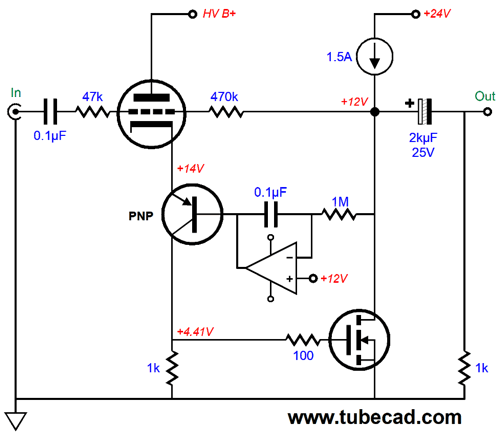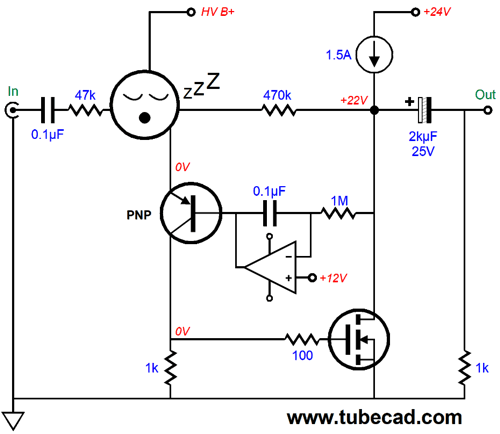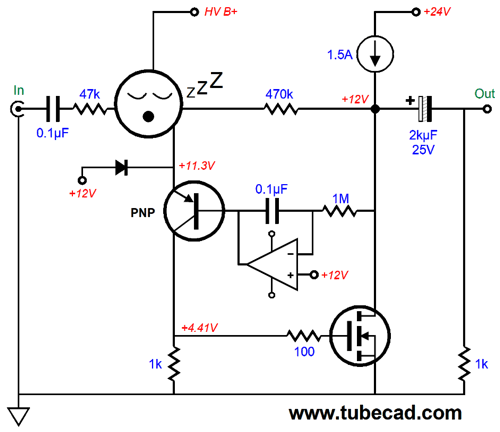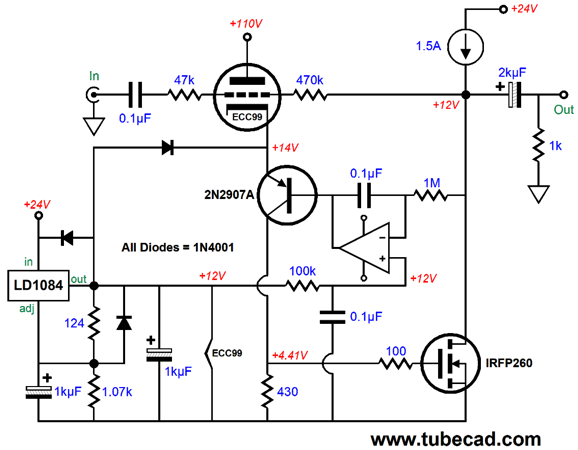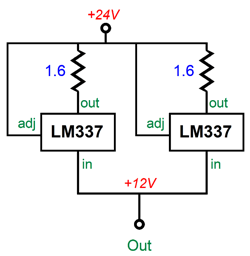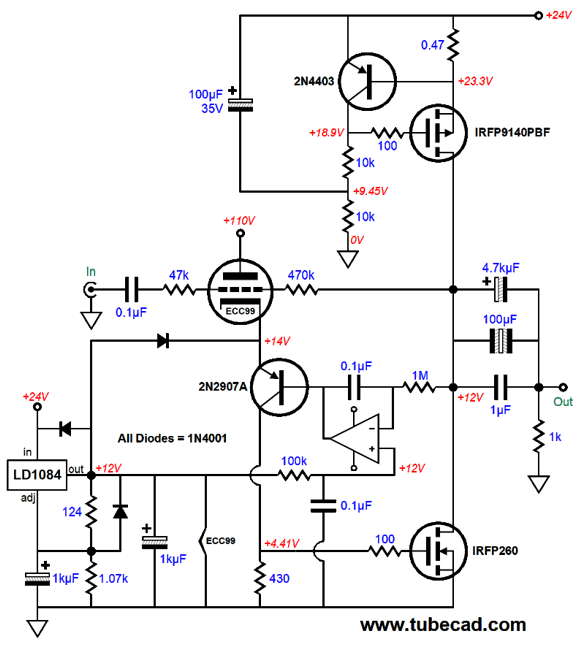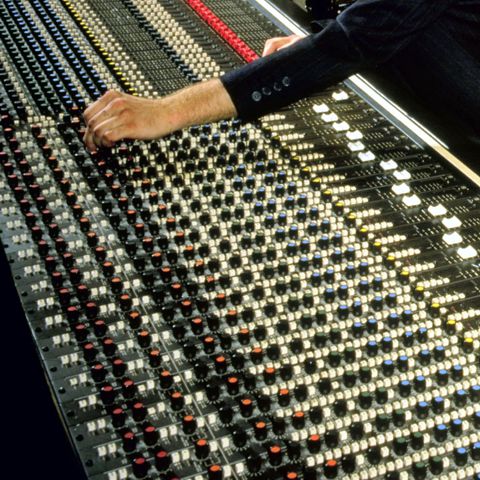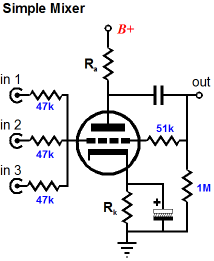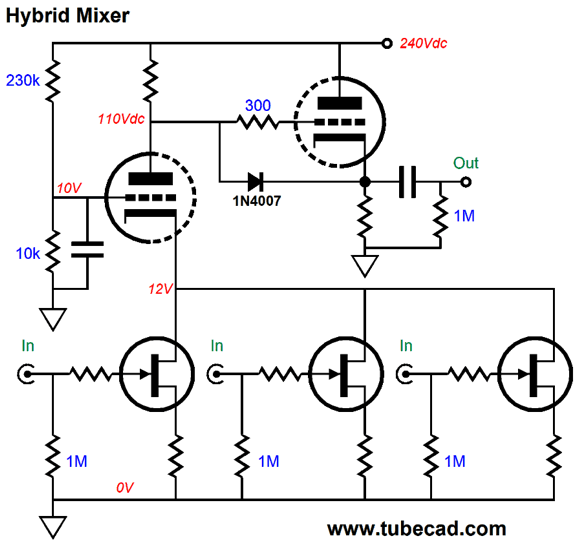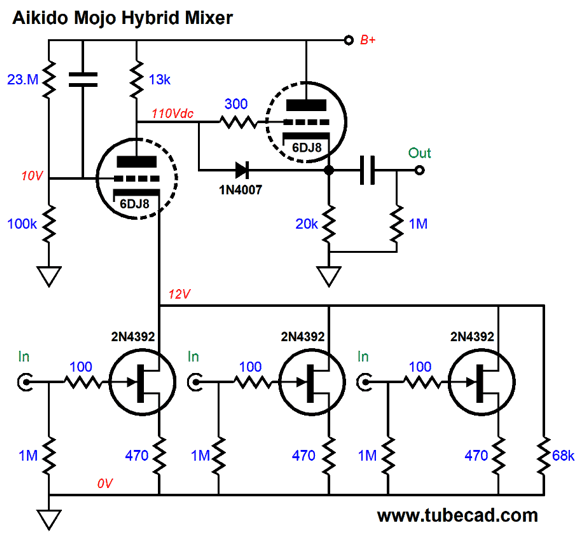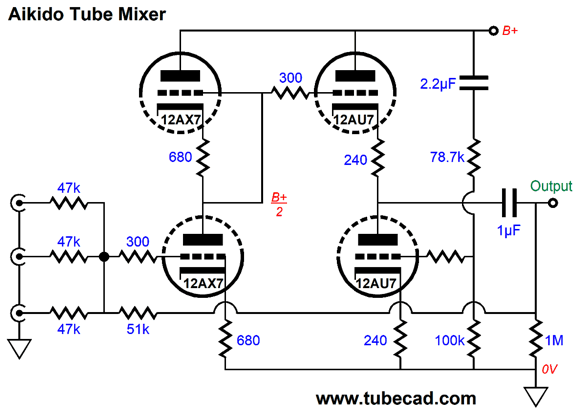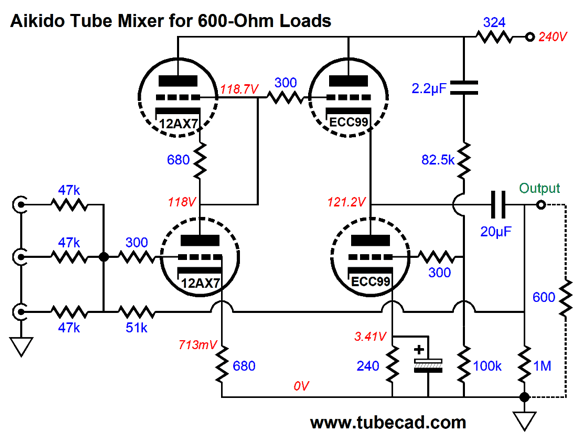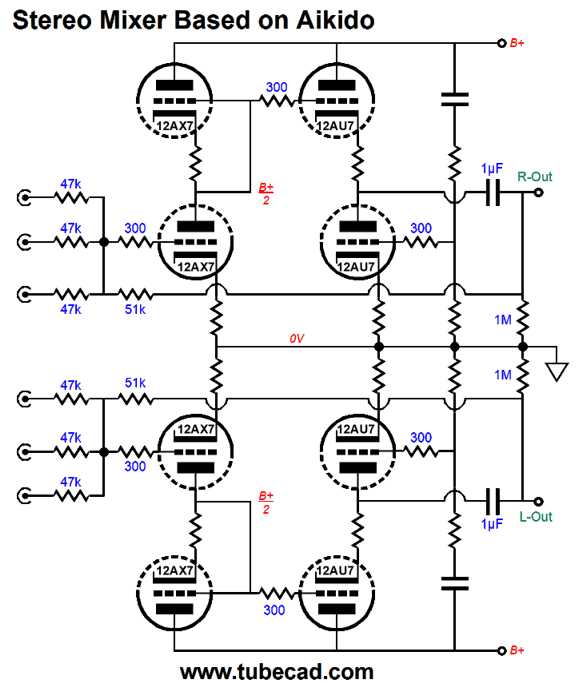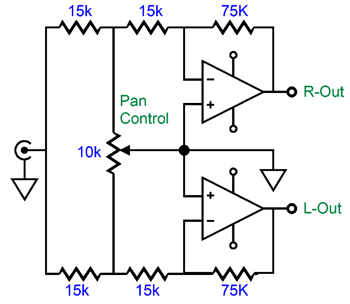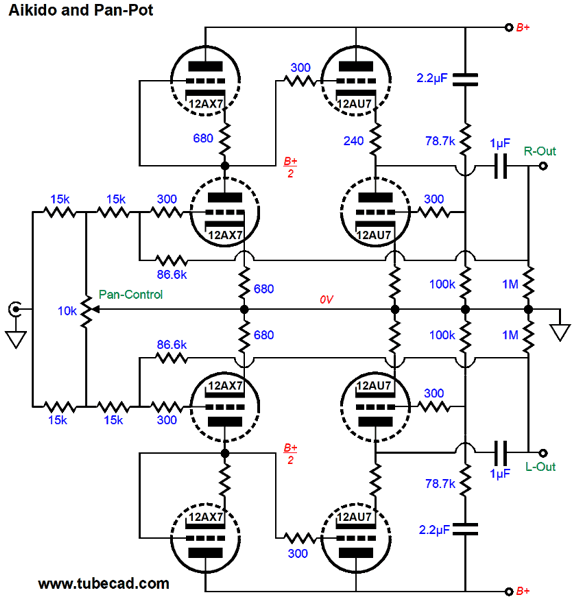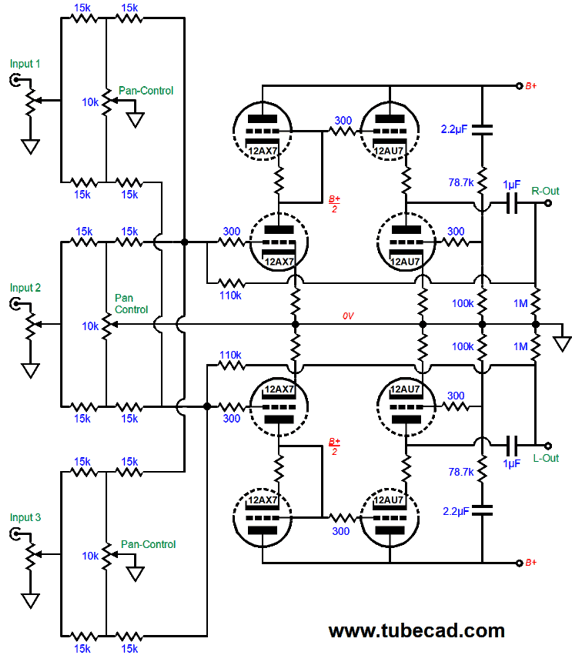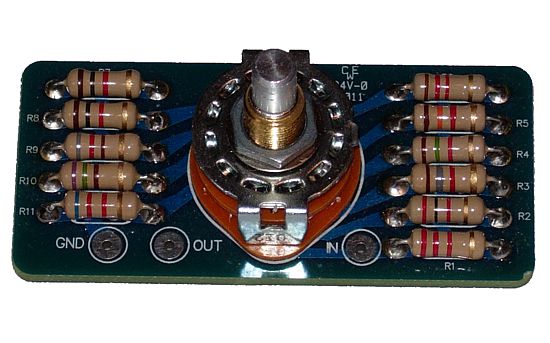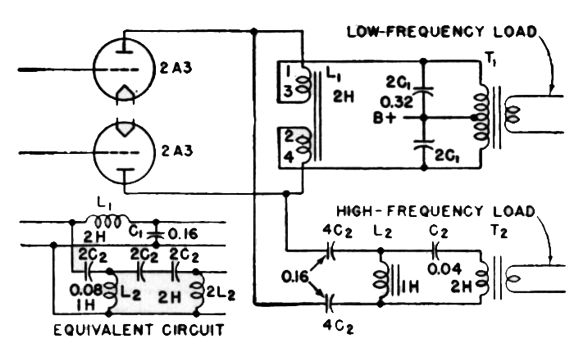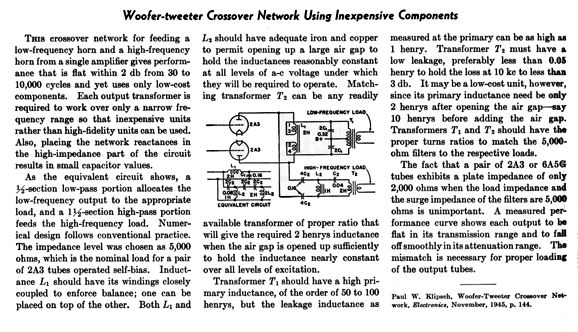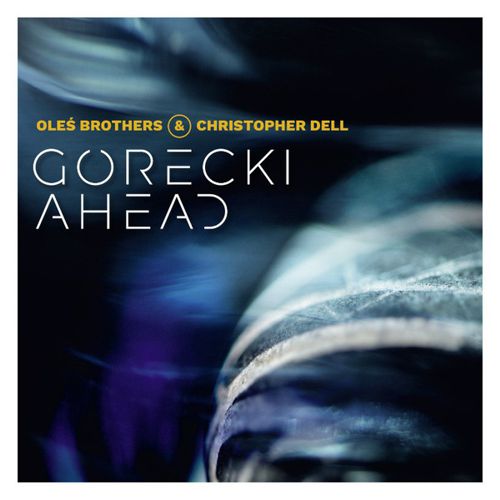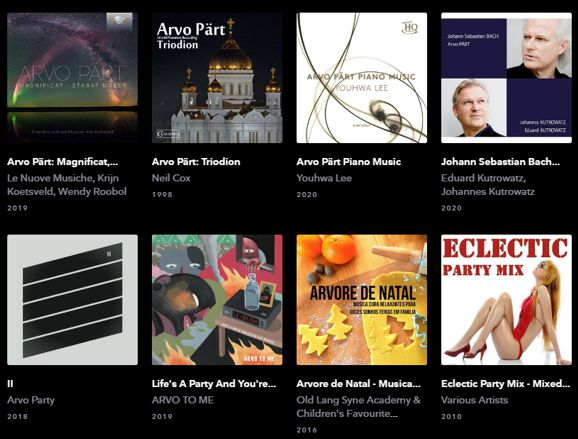| John Broskie's Guide to Tube Circuit Analysis & Design |
|
31 July 2020 Post 509
Another shipment of PCBs has arrived. The ACF-2 Octal, the Aikido Stereo Octal, the Attn-1 stereo stepped attenuator, and the Dual Bipolar LV Regulator are all back in stock.
New SRPP Zen Headphone Amplifier
Much like the 12Vac SRPP PCB, this new PCB holds a voltage-multiplier circuit that converts the 12Vac input voltage into a high-voltage B+ voltage. The raw high-voltage DC then pours through four cascading RC filters, which scrub away the ripple. (Unlike the Aikido circuit, the SRPP offers a dismal PSRR, so the hardcore filtering is essential.)
The headphone amplifier holds two 6DJ8 tubes, configured in the SRPP topology, whose heater elements obtain their DC voltage via the Zen output stage. What? The output MOSFET and it constant-current source load sit atop of two 6DJ8 heaters in series; the heater series is shunted by a large-valued capacitor and each heater gets its own parallel 6.2V zener to ensure equal voltage division and a hard voltage limit. Although only one channel is shown in the schematic below, both channels terminate into the heater string.
This not a gratuitous SRPP design, as the SRPP actually has a low-impedance load to drive, roughly 1200 ohms. (The 2k negative feedback resistor is effectively in parallel with the 3k resistor.) We must use low-valued feedback resistors as the MOSFET's input capacitance is so high. The Zen-like output stage is a tiny amplifier in its own right and uses a single power MOSFET in a single-ended, class-A configuration. The LM317P (the insulated TO-220 version of the LM317) is set up as a constant-current source that draws 200mA. Since both MOSFET sources terminate into the heater series, the two 200mA current streams combine into 400mA, of which 365mA flows through the 6DJ8 heaters, leaving 35mA to flow through the two zener diodes in series. The power MOSFET should be an IRF630, which is a 200V, 9A, 73W device. Alas, I could not find my stash of them, so I ordered more and substituted an IRF710, which is a 400V, 92A, 36W device. In addition, they differ in that the IRF630 offers almost four times the transconductance (good) and almost five times the input capacitance (not good).
Each channel gets its own heatsink, which the MOSFET shares with the LM317P. Combined, the MOSFET and constant-current source dissipate 4W, which against the 1.5in tall heatsink's 3.7C/W thermal resistance equals a 14.5C rise in temperature; assuming an ambient temperature of 25C (77F), results in 50C for the heatsink temperature, not too hot to touch. The big worry is the LM17P, as its wattage rating is only 15W. If we do the complete math, which includes the LM317P's junction-to-case thermal resistance of 5C/W and the heatsink temperature, we get 60C as the junction temperature. With its idle current flow of 200mA per channel, the theoretical peak output voltage swing into 32 ohms is 6.4Vpk, which implies an output power of 640mW into that load impedance. I used a Panasonic 470µF non-polarized electrolytic coupling capacitor in parallel with a 10µF polypropylene capacitor, which implies a -3dB low-frequency cutoff of about 10Hz with the 32-ohm load. With 16-ohm headphones, we would expect a 20Hz low-end bandwidth. Of course, high-impedance headphones can easily be driven. When I first fired up the new headphone amplifier, I was sure that it wasn't working, in spite of the tube glow, as it was dead quiet. As I pressed the play button, glorious tube-rich sound filled my ears.
Okay, I am going to admit something that I find ludicrous. Each night, I grant myself up to one hour of Netflix viewing, usually lasting less than 30 minutes. Not wanting to hear my family complain, I listen with headphones. My laptop sports a powerful stereo amplifier of 2W, so driving my 32-ohm Grado headphones is easy. The problem I encountered was that my Grados are just too tight for my fat head, whereas my Sennheiser headphones, designed and built by equally fat-headed types, fit perfectly. About a month ago, while watching my movie, I wondered if it wouldn't sound better if I used one of my tube-based headphone amplifiers. They did. Amazingly so. I am not talking about the usual audiophile evaluations, but something more fundamental. I found that I much prefer watching a movie with tube amplification. Fricken crazy, I know. But the movie proves more engaging and I am less critical with the soft glow of tubes. As a reality-check, I went back to using the laptop's output directly, and I became less engaged, more critical. Remember, the tube-based headphone amplifier gets its input signal from the laptop's headphone output jack. You cannot imagine how hyperactively critical I am when watching a screen. I have never zoned out and vegetated before a TV. Indeed, TV watching has never relaxed me—but it has often infuriated or maddened me with its limitless inanity and cloying sermonizing. Every sentence is examined, evaluated, and compared to alternative sentences. Each plot twist undergoes intense scrutiny, with logical inconsistencies as jarring to me as hitting a road-bump at 40 mph. With the tube amplification and headphones, however, I grow more immersed in the movie, my ears delighting in the soft ambient sounds and thrilling to the thunderous gunshots. Well, my big test for this new hybrid headphone amplifier was this: would it summon the same magic that the pure-tube headphone amplifier had wrought? It did.
The 12Vac wallwart I used cost less than $20 from Jameco.com and delivers up to 2A. (By the way, you cannot imagine how many have attached 12V DC switcher wallwarts to my 12Vac designs and then wondered why nothing happened. AC is not DC.) The PCB is 3.6 inches by 7.5 inches.
The 12Vac SRPP PCB and part kit will soon be available now at my GlassWare-Yahoo store. (I have to finish writing the user guide first.)
JBL Jourdan Loudspeaker
Note the triangular speaker enclosure. Cool, very cool. It looks as if the grill panel is curved facing the listener. Here is a closeup.
I so weary of rectangular boxes. The curve and the triangular enclosure and the spiked Danish-Modern feet—all please me greatly.
Single-Ended MOSFET Amplifier
The N-MOSFET is loaded with a constant-current source and the triode controls the MOSFET's current conduction, as the triode is configured in the inverting amplifier topology with negative feedback loop spanning the input signal to the output signal. The 2N4403 NPN transistor creates a bastode cascode stage with the triode.
The OpAmp is set up as a DC servo that centers the output stage at half the 24Vdc rail voltage. If the MOSFET's drain strays up beyond 12Vdc, the DC servo pulls down the transistor's base voltage and its emitter follows, which will prompt greater current conduction from the triode, which in turn will force an increase in the MOSFET' current flow, pulling the drain voltage back down to 12Vdc. Mind you, this operation applies only to idle conditions, as the servo ignores audio signals.
What happens if the triode is cold or missing from its socket? The MOSFET will see zero volts at is gate and not conduct, so the constant-current source will pull the drain voltage up to the 24V power-supply rail voltage. Ideally, we want the output stage to center in spite of a missing triode. The workaround is to give the NPN transistor something to bite on in the absence of the triode, but not get in the way during normal operation.
The added diode only conducts when the triode is either missing or cold. Once the triode conducts, the diode is no longer forward biased and it drops out of the circuit. Great, but where did the 12V connection come from? The triode's heater must be powered, so we can use a 12V voltage regulator to feed the heater, which assumes a 12.6V heater element, such as the 12BH7 and 5687 and ECC99 hold. The other triode is found in the the other channel. What about the constant-current source? What would it look like? We could go the easy route and just use two LM337 regulators configured as a constant-current source.
Or, we could use a single P-channel MOSFET.
Yes, it looks complicated, but it becomes much simpler if we mentally break the circuit into sub-circuits, such as the heater regulator, the constant-current source, the DC servo, and the actual amplifier circuit.
Tube Mixers and Pan Pots In contrast, with six microphones and only two channels, the audio mixer and pan-pot become essential, as we need to blend the six audio signals into two channels and to place seeming location of the signals inside the stereo horizontal image. You might imagine that all that would be needed is a handful of resistors, but such a passive approach seldom works, as we do not want the various signal sources to cross-feed into each other, which needlessly burden the negative feedback loops, as the foreign signal would be treated as distortion. In addition, the signals would be attenuated, as the many resistors would define two-resistor voltage dividers. In other words, we need active circuitry, not passive.
Most mixer/summer circuits are based on the inverting amplifier arrangement with a negative feedback loop, as the amplifier's inverting input becomes a virtual ground, preventing signals from bleeding from one signal source to another. This is not the only way to achieve isolation. For example, I have seen old schematics showing that each signal source got its own triode, with all the plates sharing a single plate resistor. This latter approach requires many tubes. One workaround would be a hybrid cascode circuit, wherein many FETs terminated into a single cathode.
This mixer delivers gain, about 26dB, which may prove an advantage or disadvantage. We can get fancier still, as we can add some Aikido mojo.
We find the mojo in two places: the cascode triode's grid now sees 100% of the B+ voltage ripple and the 68k cathode resistor. This added resistor gives the cascode triode something to bite on, so the ripple present at its grid superimposes upon the resistor, creating an anti-phase current flow through the plate resistor, resulting in a power-supply noise null. In other words, we use the power-supply noise against itself—very Aikido don't you think? Since the 68k cathode resistor sees so little current flow, about 0.2mA, we could replace it with a resistor in series with a potentiometer, say a 10k potentiometer and a 62k resistor, which would allow fine tuning of the ripple null. If we wish to stick with an all-tube approach, the inverting amplifier setup is the better solution. The following mixer circuit, based on my Aikido gain stage, is one possibility.
Since triodes offer only a tiny fraction of the gain of the typical OpAmp, the negative feedback loop resistor's value must be increased from 47k to 51k to achieve unity-gain output. In general, I am today far less enamored with the 12AX7 than I was as a young man; but, in this circuit, its high amplification factor is a plus. Alternative input tubes might be the 12AT7, 12BZ7, 5751, and maybe the 12AY7. The 12AY7 was specially designed to be low in microphonics, as it held a U-shaped wire clip to hold the mica disks in place. As the U-shaped clip was under tension, the spacers were held in place tightly. Alas, as the years passed, they stopped using the U-clip, returning to the standard, but less effective straight rods. (Some 5751 tubes also hold the U-shaped structure.) The 12AU7 in the Aikido cathode follower output stage works well, but it could be replaced by a more robust tube, such as the 6DJ8, 12BH7, 5687, ECC99…. If the mixer must drive a low impedance, say 600 ohms, then the Aikido push-pull topology would be needed.
Note the ECC99 in the output stage and the 20µF coupling capacitor. Making a stereo mixer is easy enough, as we just double the circuit.
What has been missing so far is the pan-pot, which controls the distribution of a signal between channels. All we need to add is potentiometers and resistors. The goal is that, when we centered the potentiometer, the signal should appear with unity gain in both channels; but when the potentiometer is either extreme, the signal should appear in the selected channel amplifier by the square-root of two, i.e. 1.414 times larger. (Wouldn't a ratio of 1:2 prove closer to the mark? With an attenuation of 0.5, -6dB, in a centered signal; and in hard left or right distribution, a gain of unity, 0dB? I would love to perform a simple experiment with a signal generator and my stereo system.) Here is an OpAmp-based version.
With the potentiometer centered, each channel sees 5k of the 10k potentiometer's resistance, which is then shunted by the 15k feedback resistor, resulting in an attenuation of 0.2. To get back to unity requires that the second feedback resistor be 75k in value, as 75k/15k equals 5 and 5 against 0.2 equals 1. Now, let's make the translation into tube.
Note that the second feedback resistor is no longer 75k, but 84.5k, which was needed to overcome the tube's weak gain. Okay, let's now look at a version with three pan-pot controls.
This time the second feedback resistor is 110k; with four inputs and four pan-pots, 120k; with five, 140k; with six, 169k. To see a tube mixer based on the Aikido cascode, see post 248. In fact, while you are at it, check out april_may2001/page22 to other tube-based mixer designs. By the way, we are not limited to potentiometers in building a pan-pot, as we could use a rotary switch with many positions. For example, my Trim-1 stepped attenuator would prove useful, as its eleven positions center nicely at the sixth position.
The trick would be to use only ten of the eleven resistors, leaving the last resistor replaced by a jumper wire. All resistors would be 1k in value.
Paul Klipsch's Bi-Transformer Crossover
This is a push-pull output stage that uses two output transformers, one for the woofer and one for the tweeter. Note the common-mode choke, L1, which does not require an air-gap. Also note that the B+ voltage only attaches to the low-frequency transformer. The woofer gets a 2nd-order crossover slope, while the tweeter gets a 4th-order slope. My first thought was, could an air-core transformer be used for the tweeter? I have seen large air-core toroidal transformers that were wound on a wax form that was later melted away. Here is the full snippet of information.
The full article appeared in the November 1945 issue of Electronics magazine.
Music Recommendation: Oleś Brothers & Christopher Dell
Well, something similar happened when I recently searched for Gorecki, the famous contemporary Polish composer, as Gorecki Ahead showed up in the mix. Perhaps it was the cover art, but for some reason I decided to give it a listen, after bracing myself for an outpouring of outlandish musical dreck. Not bad. Indeed, no. Instead, I heard truly interesting Euro jazz that intimated Gorecki's musical temperament and manner. This wasn't flimsy classical-jazz crossover music, but real jazz informed by classical music. The last thing I expected, as it was a likely as finding true love in a seedy bar or a $25 Marantz 8B amplifier at a garage sale. I discovered that the Oles brothers are indeed brothers, Marcin and Bartlomiej, and are Polish jazz musicians. (I believe Christopher Dell, who plays vibes, is German.) Even if you are not familiar with Henryk Gorecki's music, this album provides more than enough musical content to justify hearing it. On the other hand, if you are intimate with Gorecki's compositions, this album impresses all the more. I loved it. //JRB
User Guides for GlassWare Software
For those of you who still have old computers running Windows XP (32-bit) or any other Windows 32-bit OS, I have setup the download availability of my old old standards: Tube CAD, SE Amp CAD, and Audio Gadgets. The downloads are at the GlassWare-Yahoo store and the price is only $9.95 for each program. http://glass-ware.stores.yahoo.net/adsoffromgla.html So many have asked that I had to do it. WARNING: THESE THREE PROGRAMS WILL NOT RUN UNDER VISTA 64-Bit or WINDOWS 7 & 8 or any other 64-bit OS. I do plan on remaking all of these programs into 64-bit versions, but it will be a huge ordeal, as programming requires vast chunks of noise-free time, something very rare with children running about. Ideally, I would love to come out with versions that run on iPads and Android-OS tablets.
//JRB
|
|
I know that some readers wish to avoid Patreon, so here is a PayPal button instead. Thanks. John Broskie John Gives
Special Thanks to the Special 86
I am truly stunned and appreciative of their support. In addition I want to thank the following patrons:
All of your support makes a big difference. I would love to arrive at the point where creating my posts was my top priority of the day, not something that I have to steal time from other obligations to do. The more support I get, the higher up these posts move up in deserving attention. If you have been reading my posts, you know that my lifetime goal is reaching post number one thousand. I have 491 more to go. My second goal was to gather 1,000 patrons. Well, that no longer seems possible to me, so I will shoot for a mighty 100 instead. Thus, I have 14 patrons to go. Help me get there.
Only $12.95 TCJ My-Stock DB
Version 2 Improvements *User definable Download for www.glass-ware.com |
||
| www.tubecad.com Copyright © 1999-2020 GlassWare All Rights Reserved |


